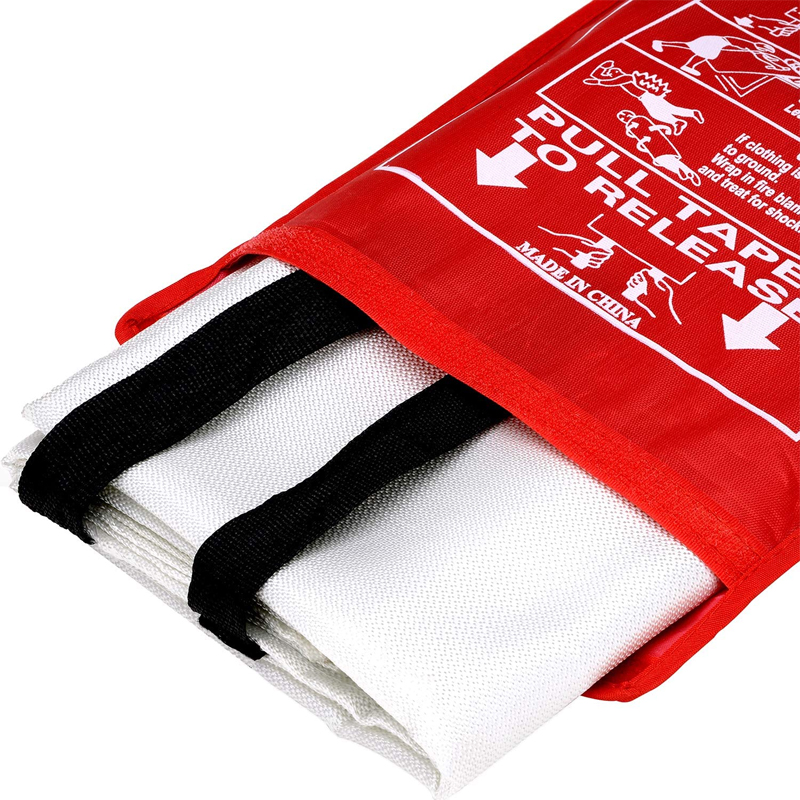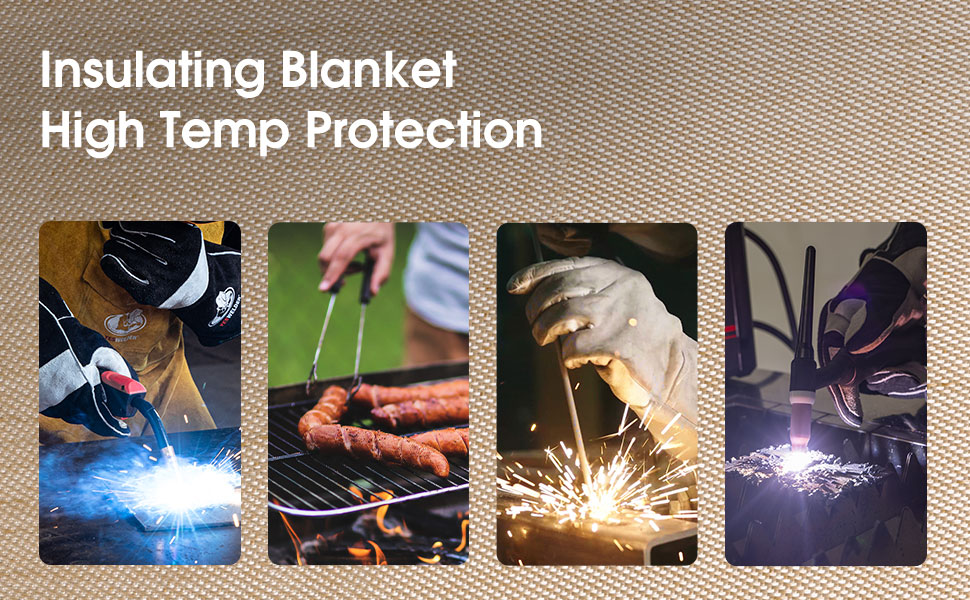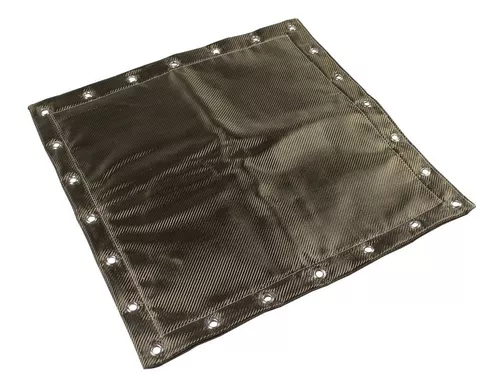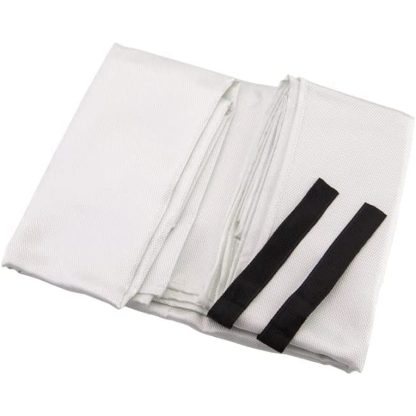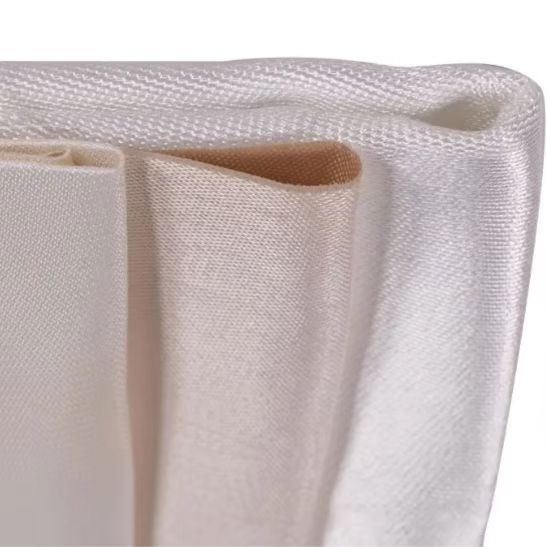Thermal Welding Blanket Guide: Uses, Benefits and Safety Tips
Thermal welding blankets protect surfaces from heat damage during welding. This guide explains their materials, applications, selection criteria, and safety practices for optimal results in industrial and DIY projects.
What Is a Thermal Welding Blanket?
A thermal welding blanket is a heat-resistant protective cover made from specialized materials like fiberglass, silica, or ceramic fabrics. You use it to shield nearby surfaces from sparks, spatter, and radiant heat during welding operations. Unlike regular tarps, these blankets withstand extreme temperatures up to 2000°F (1093°C) without melting or catching fire.
Key Applications of Thermal Welding Blankets
You'll find thermal welding blankets essential in these scenarios:
- Construction sites:Protecting flammable materials near welding areas
- Automotive repair:Covering car interiors during frame welding
- Shipbuilding:Preventing deck damage from overhead welding
- Pipeline work:Shielding vegetation and sensitive equipment
- Home workshops:Safeguarding workbenches and flooring
Choosing the Right Thermal Welding Blanket
Consider these factors when selecting your blanket:
- Temperature rating:Match it to your welding process (MIG/TIG welding requires higher ratings than soldering)
- Material composition:Fiberglass offers basic protection, while ceramic fibers provide superior heat resistance
- Size and weight:Larger blankets cover more area but may be harder to handle
- Edge treatment:Look for reinforced edges with grommets for secure fastening
- Compliance standards:Check for OSHA or ANSI certifications
Proper Usage and Safety Practices
To maximize your thermal welding blanket's effectiveness:
- Always inspect for damage before use
- Secure all edges to prevent heat/splash penetration
- Maintain at least 12 inches between blanket and weld point
- Never use wet blankets - moisture reduces heat resistance
- Store folded (not rolled) to prevent fiber breakage
Maintenance and Care Tips
Extend your blanket's lifespan with proper care:
After each use, gently shake off debris. For stubborn residue, use compressed air or a soft brush. Spot clean with mild detergent if necessary, but never machine wash. Always dry completely before storage. Replace blankets showing significant wear, discoloration, or reduced flexibility.
Thermal Welding Blanket vs. Alternatives
While some welders use asbestos mats or metal shields, thermal welding blankets offer distinct advantages:
| Feature | Welding Blanket | Asbestos Mat | Metal Shield |
|---|---|---|---|
| Weight | Light | Medium | Heavy |
| Flexibility | High | Medium | None |
| Health Risks | None | High | Medium |
Frequently Asked Questions
Q: Can I cut my thermal welding blanket to size?A: Yes, but only with proper tools (rotary cutter recommended) and protective gear to avoid inhaling fibers.
Q: How long do these blankets last?A: With proper care, 2-5 years depending on usage frequency and exposure conditions.
Q: Are all welding blankets fireproof?A: No - only those specifically labeled as "fireproof" meet this standard. Most are fire-resistant.
Conclusion
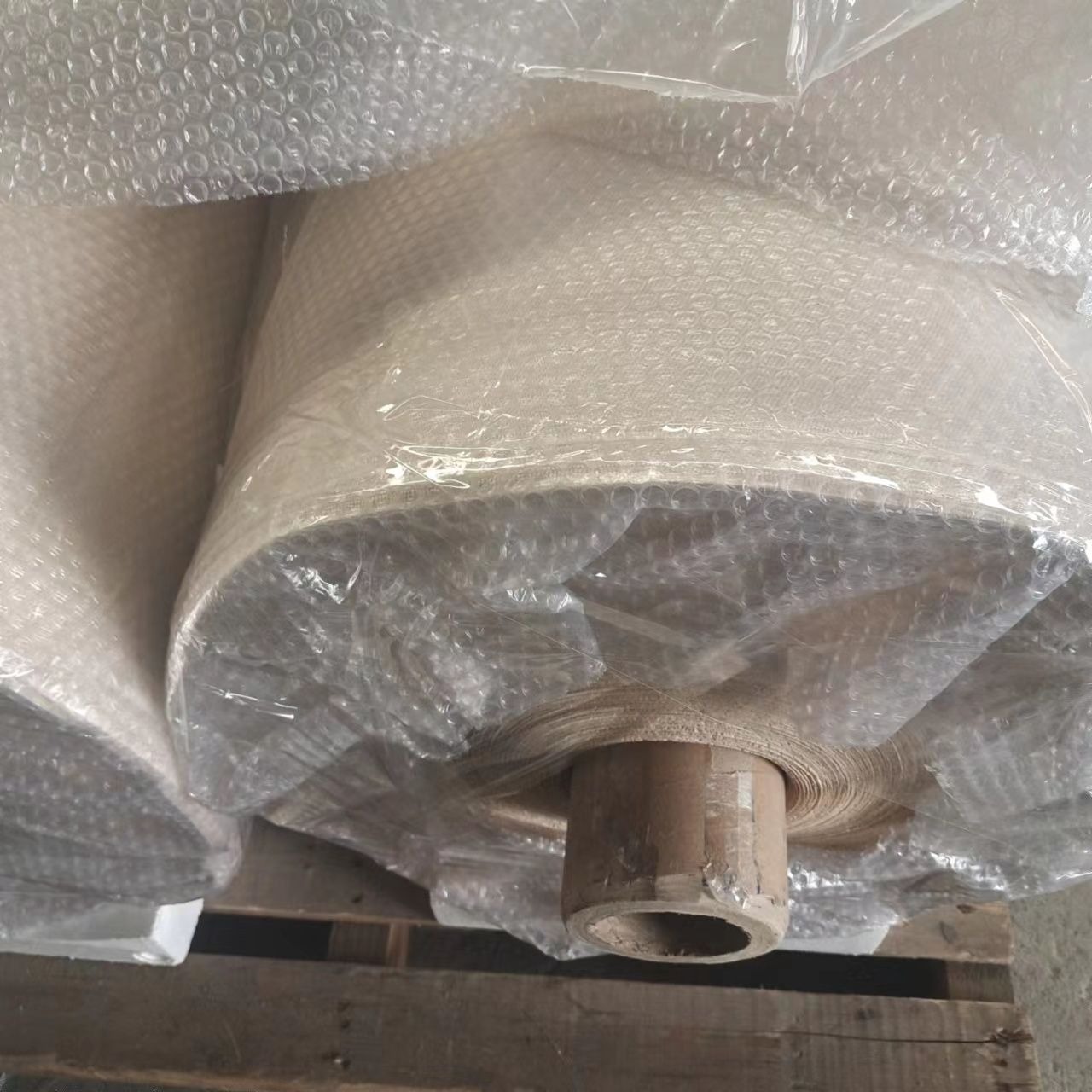
A quality thermal welding blanket is a smart investment for any welding project. By understanding its proper selection, use, and maintenance, you ensure both safety and cost-effectiveness in your work. Always prioritize certified products from reputable manufacturers for reliable heat protection.


